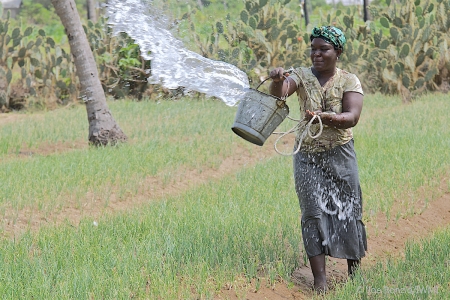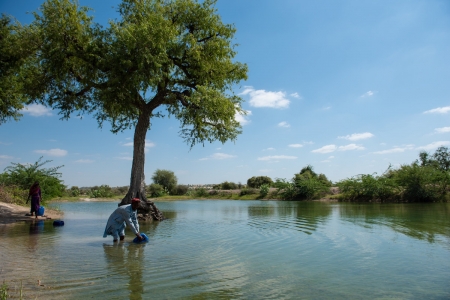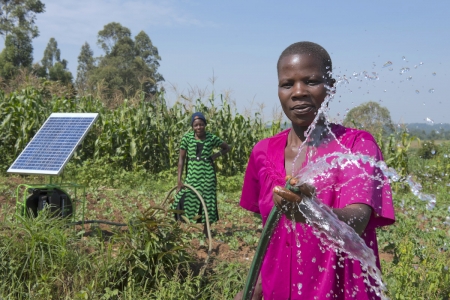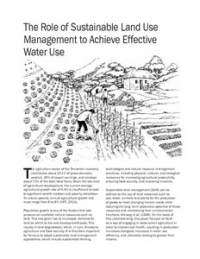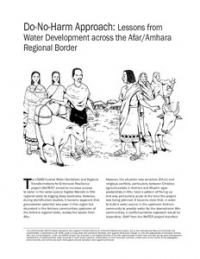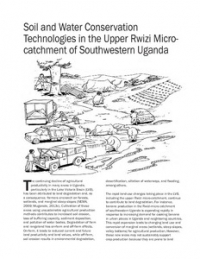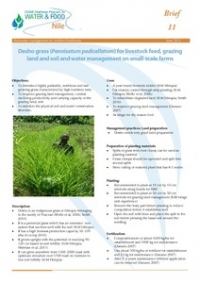Fergana valley is situated to north-east of Uzbekistan. An extensive network of irrigation exists in the region to convey the water from Syr Darya River to farmer’s field. Groundwater levels are shallow which are threatening the waterlogging and salinity problems. To avoid menace of waterlogging and salinity, open surface drains and subsurface drains exists at a depth of 3 - m. As a business-as-usual, drainage network operates continuously without any blockage in drainage pathways. Drainage ratio is quite high. The controlled drainage concept which is used to reduce drainage effluents and increase subsurface irrigation by blocking drain is not yet tested in these dry areas of Fergana valley. The objective of the current study is to improve the irrigation-drainage systems for enhancing crop water productivity and eventually farmer’s income. Farmers in the region want to keep groundwater shallow for capillary rise contribution and use this shallow groundwater levels as a safety net. Sometimes they block the open surface drains to raise the groundwater levels. There is a dire need to demonstrate farmers with the state of the art tools to control the groundwater levels by using concept of tile drainage. The farmers would be guided to control the drainage out flows by lowering and raising the groundwater levels through the gates. Due to lack of research on the subject and scientific guidelines, water managers were unable to adopt controlled drainage. The research is being conducted with the help of national partners including ICWC and KRASS. Being strong influence of these two organizations, we are interested to improve the capacity of WUA to take the outcome of this research. We envisage that the research will mitigate salinity problem, improve WUE leading to improved crop yields at lower inorganic fertilizer and irrigation water application levels.
menu


